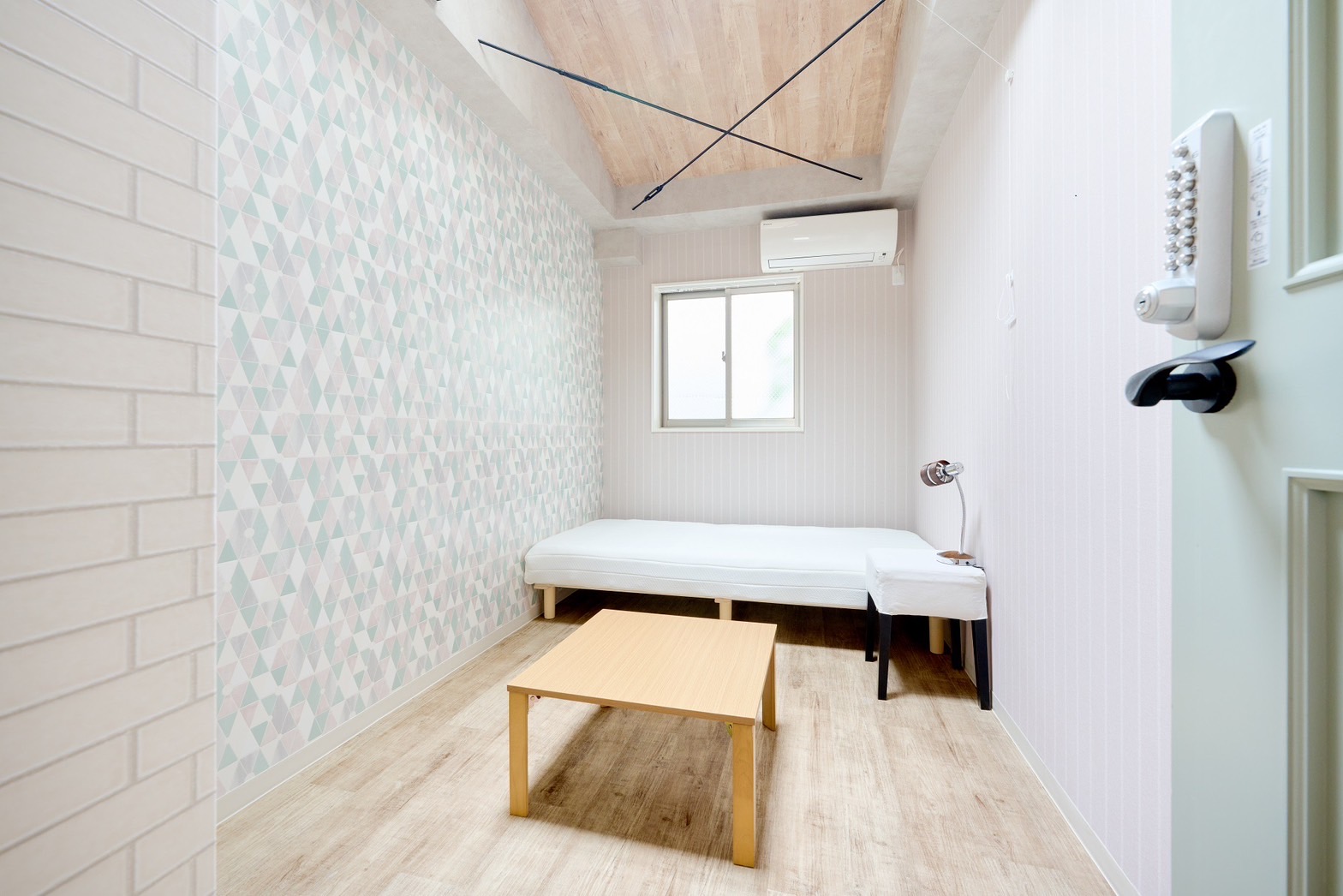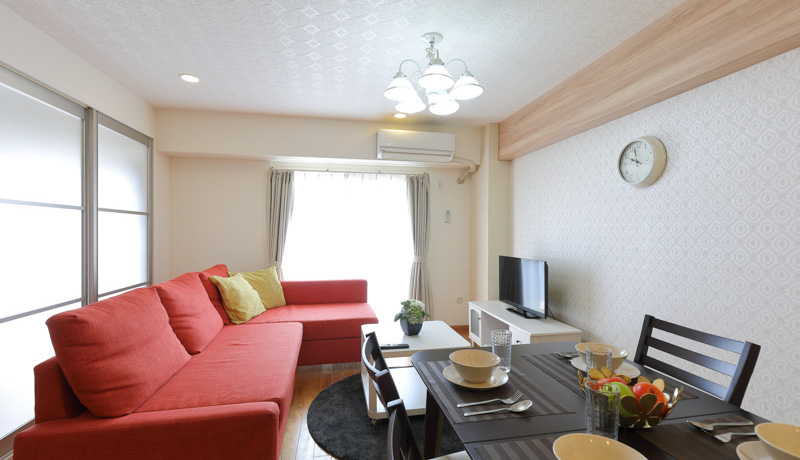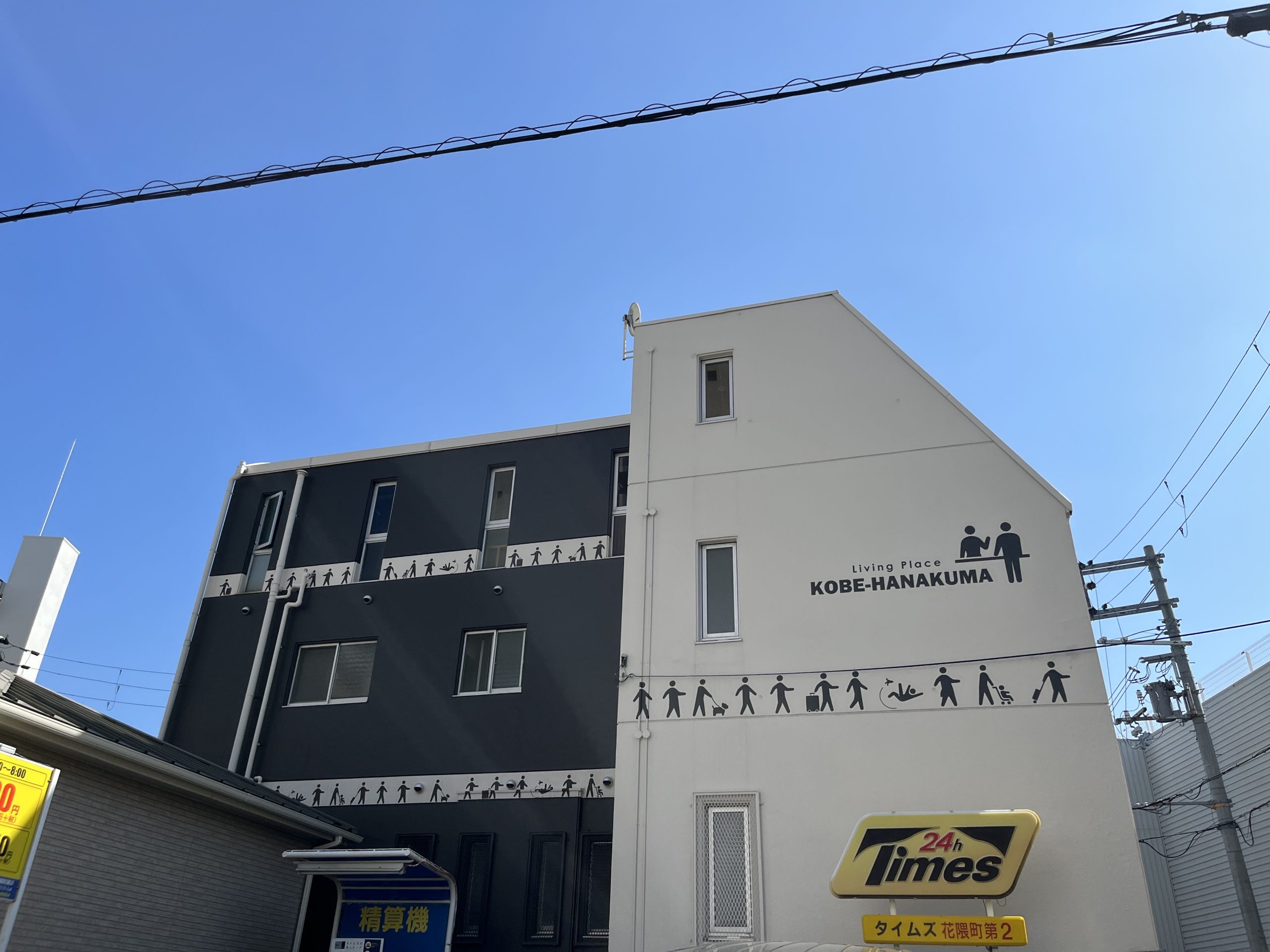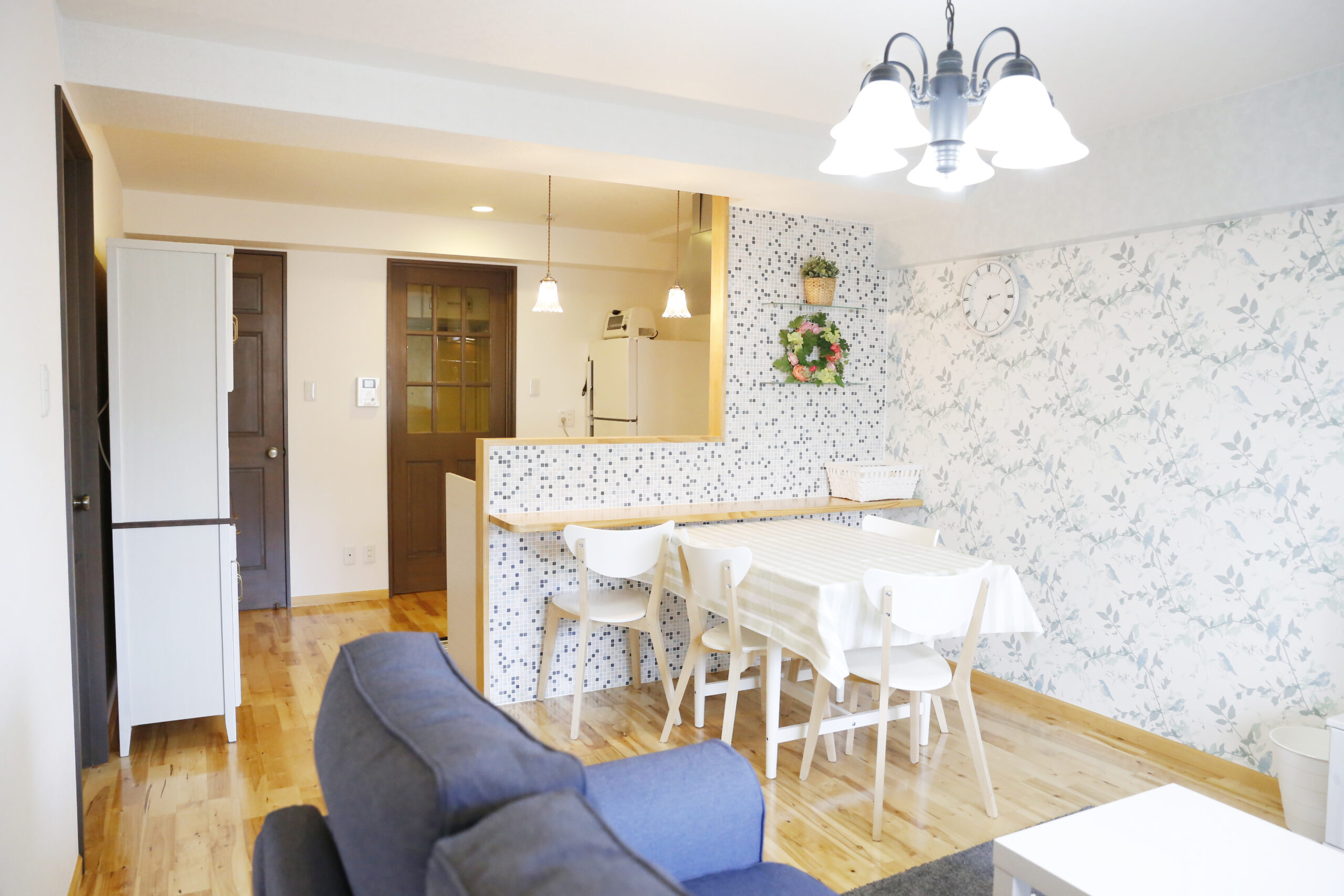ブログ BLOG
Move-Out and Move-In in Japan: A Relocation Guide

Moving to a new place, especially in a foreign country like Japan, can be overwhelming, like navigating a maze of procedures and paperwork.
But it shouldn’t be.
With proper guidance, the move-out and move-in process can be smoother than you actually think.
The process of moving in and moving out may differ depending on the property. If you’re staying at a share house or a monthly apartment, then moving will require less time and effort.
Let’s break down the essential steps for moving in Japan:
Contents
Moving Out
The ideal span from the actual moving out should be at least one to two months.
1. Inform the Landlord or the Management Company
First things first, you have to inform the landlord or the management company who handles your contract about your plan of moving out. After this, they will ask you to schedule for an inspection date before you move out.
2. Organize Your Belongings
Throw out what’s not needed and sort your belongings, so you don’t have to be disorganized at the time of your move-in. When disposing large items, you can either sell it online or ask the city hall to take your oversized items up. The large items should have stickers (with fees) put on them.
3. Know the Cost of Moving
Whether you’re hiring a moving company, using a rental car, or enlisting the help of friends, it’s crucial to understand the financial implications of your chosen method. Researching and budgeting for these expenses beforehand can prevent any last-minute surprises.

See also: Moving Companies in Japan + Tips
4. Process Some Paperwork
Before saying goodbye to your old place, a trip to the local government office is a must. Here you’ll need to submit a “tenshutsu todoke” (move-out notification) if you’re relocating to another city. This document can usually be filled out on the spot with the assistance of a staff. Remember to bring along essential identification cards and registration documents, such as your “my number” card.
*When changing different cities, you will have to return your National Insurace Card. In the case that the company issued the card for you, there’s no need to surrender it to the city hall.
5. Changing the Delivery Address
Don’t forget to update your mailing address with the post office to ensure that important mail reaches you at your new location. Fill out a mail forwarding application card, which is usually found at your nearest post office, to facilitate this process. Web application is possible for changing your address.
6. Canceling Your Utilities
Taking care of utility cancellations is typically the tenant’s responsibility in a standard apartment. If you’re unsure whether you’re responsible for cancellation, it’s best to confirm with your landlord or property management company.
Contact your utility providers to cancel services such as electricity, water, gas, and internet. Cancellation online is possible but most of the times, you will have to call the company’s phone number found in your apartment contract or the utility bills.
Be sure to schedule these cancellations well in advance of your move-out date to avoid service interruptions. In some cases, the tenants have to be present when the utility company staff checks and confirms the cancellation of the contract.
7. Moving Out Inspection
Before handing over the keys, arrange for a moving inspection with your landlord or property manager. This inspection ensures that the property is in good condition and helps address any potential issues before your departure.
Moving In
1.Registering with City Hall
Upon arriving at your new destination, one of the first tasks is to register at the local government office by submitting a “tenkyo todoke” (residency registration form). This step is essential for establishing your legal residence in Japan.
2.Receiving Deliveries
If you’ve arranged for furniture or other items to be delivered to your new address, ensure someone is available to receive them.
3. Conduct a Preliminary Inspection
Before fully settling in, take some time to inspect your new apartment for any existing damages or issues. It’s wise to document any findings with photographs for future reference. Some companies would have forms where you can send these photos in so be sure to have them ready. Should there be any damages or stubborn stains that were not present before the move-in, the tenants are liable to pay for it.
4.Checking Utilities
Test the functionality of utilities such as water, electricity, and gas to ensure everything is in working order. If you encounter any problems, notify the appropriate service providers promptly.
Note: When moving in our share houses, we will ask you to sign a paper with all the items lent by the management (bedding, sheets, hanger, and so on). We will also hand a file containing the share house rules with the instructions on how to open your room and your mailbox. If these instructions seem confusing, do not hesitate to reach out to us.
Moving may seem daunting, but following these steps and staying organized, you can move-out and move-in in Japan with confidence. Remember to plan ahead, stay informed, and don’t hesitate to seek assistance when needed.
Thinking of relocating to Kobe or visiting in Kobe? Why consider the following properties for your Kobe experience:
Where to Stay in Kobe
Share House Palette Kobe Sannomiya is a 5-minute walk from JR Sannomiya Station, Living Place Kobe Hanakuma is only a 3-minute walk from Hankyu Hanakuma Station!
Please click here for more details about the share house with furniture, electric appliances and free wifi!
Reservations for tours are always welcome!
Reno Style Nunobiki is a 5-minute walk from Shin-Kobe Station!
Click here for details of the monthly apartments with furnished kitchen!
Please feel free to contact us if you’re looking for a place to stay for your homecoming, business trip, travel, workcation, training, etc.
Read More Blog Posts
Share House in Japan: Reasons Why You Should Consider Living in a Share House



